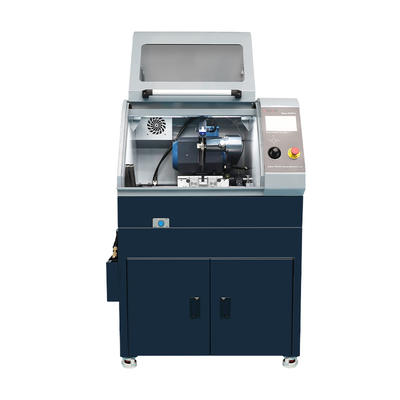In the furniture manufacturing process, the uniformity and smoothness of the coating are one of the key factors that determine the appearance quality of furniture. However, even the most sophisticated coating process may cause bubbles and impurities on the coating surface due to material characteristics, improper operation or environmental conditions. These defects not only destroy the overall beauty of the furniture, but may also affect the protective properties of the coating and shorten the service life of the furniture.
Faced with this challenge, white synthetic velvet polishing cloth provides an effective solution for furniture manufacturers with its excellent polishing performance. By gently wiping, the polishing cloth can "squeeze out" the bubbles in the coating and remove impurities attached to the surface, such as dust and fiber debris. This process seems simple, but it actually contains complex physical and chemical effects.
The fiber structure of white synthetic velvet polishing cloth is specially designed with excellent water absorption and softness. During the wiping process, the fiber can penetrate deep into the coating and effectively absorb and remove bubbles and impurities. The softness of the fiber ensures that the coating will not be scratched or worn during the wiping process, protecting the integrity of the furniture surface.
The friction generated by the polishing cloth during the wiping process helps to break the bubbles and remove impurities. When the polishing cloth contacts the coating surface, the friction between the fiber and the coating will generate a tiny amount of heat, which helps the bubbles to expand and break, so that the gas in the bubbles is quickly released, thereby eliminating the bubbles. The friction can also promote the microscopic flow of the coating surface, making it easier for impurities to be carried away by the fibers.
Through this series of complex physical and chemical actions, the white synthetic velvet polishing cloth successfully removes the bubbles and impurities in the coating, making the coating surface uniform and smooth. This step not only improves the appearance quality of the furniture, but also lays a solid foundation for subsequent polishing and gloss improvement.
Removing bubbles and impurities is only the first step of the white synthetic velvet polishing cloth. Its real charm lies in the polishing process, which forms a more delicate reflective layer on the coating surface, thereby significantly improving the overall gloss of the furniture.
Polishing is a process that changes the microstructure of the coating surface through physical friction. During the polishing process, the friction between the polishing cloth and the coating will generate tiny heat and mechanical stress, which will cause changes in the microstructure of the coating surface, such as a reduction in surface roughness and a reduction in microscopic unevenness. These changes make the coating surface more delicate and uniform, thereby improving the light reflection ability.
The softness and wear resistance of the fibers of the white synthetic velvet polishing cloth play a vital role in the polishing process. The soft fibers can fit closely to the coating surface, ensuring the uniformity and consistency during the polishing process. At the same time, the wear-resistant fiber structure can withstand long-term friction and maintain the stability and durability of the polishing effect.
During the polishing process, the friction between the polishing cloth and the coating will generate tiny heat, which helps to adjust the microstructure of the coating surface. When the polishing cloth slides on the coating surface, the end of the fiber will collide and rub against the coating surface slightly, which will generate tiny heat and cause the molecular chains on the coating surface to rearrange and orient slightly. This rearrangement and orientation makes the coating surface flatter and smoother, thereby improving the light reflection efficiency and glossiness.
The friction between the polishing cloth and the coating during the polishing process will also generate a certain amount of mechanical stress, which helps to remove the tiny bumps and depressions on the coating surface, making the coating surface more delicate and uniform. This improvement in microstructure not only improves the light reflection efficiency, but also makes the coating surface present a more delicate gloss effect.
Through the friction between the polishing cloth and the coating during the polishing process, the white synthetic velvet polishing cloth successfully forms a more delicate reflective layer on the coating surface. This reflective layer not only improves the glossiness of the furniture, but also makes the furniture surface present a softer and more uniform gloss effect, improving the overall beauty and texture of the furniture.

 中文简体
中文简体 英语
英语 西班牙语
西班牙语 德语
德语


.jpg?imageView2/2/w/400/format/jpg/q/75)


.png?imageView2/2/w/400/format/jpg/q/75)
.png?imageView2/2/w/400/format/jpg/q/75)












